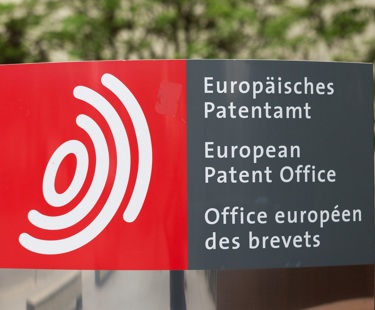Our Patent Director Dermot Roche has an update about the recent decision from the EPO Boards of Appeal (T 3124/19) which discusses when method of treatment by surgery/therapy objections should be raised for MedTech innovations.
------
In a recent decision from the EPO Boards of Appeal (T 3124/19), the Board provided welcome clarity as to when method of treatment by surgery/therapy objections should be raised for MedTech innovations.
The appeal decision related to a computer-implemented process to ensure the "five rights" of medication administration in a hospital - right patient, right time, right medication, right route of administration, right dose. The invention included specific details of how to automatically detect in real-time when there are multiple medications within a defined physical space around a patient.
These multiple medications were then presented on a display of a medical device for selection by a clinician/caregiver. The Board was satisfied that the differences compared to the earlier prior art approach resulted in the technical effect of enabling the clinician/caregiver to reliably choose the correct medication, and so the invention was not obvious. The Board therefore decided to overturn the original decision of the Examining Division and ordered that a patent should be granted.
Of even more interest however are the comments of the Board in relation to the exceptions to patentability for methods of treatment in Europe. The Board was explicit that selecting a medication will only have a therapeutic effect if the kind of illness is taken into consideration also. In particular the medication must be selected when it is known that this specific medication has a beneficial effect for the specific illness. For this invention the selection was only performed to ensure that a previously chosen medication is actually administered, so that any potential human handling errors were prevented.
The medication was not being selected based on the specific illness, and so there was no functional link between the selection step of the process and the final therapeutic effects of the medication on the patient. As a result the Board decided that the method of treatment exception was not relevant to this invention.
This decision is yet another example of how this method of treatment exception is to be applied narrowly at the EPO, with several possible claim drafting techniques and arguments available to navigate around method of treatment objections.
Fore more information, visit: T 3124/19 (Automatic association of medical elements/CAREFUSION) 12-12-2023 | Epo.org


